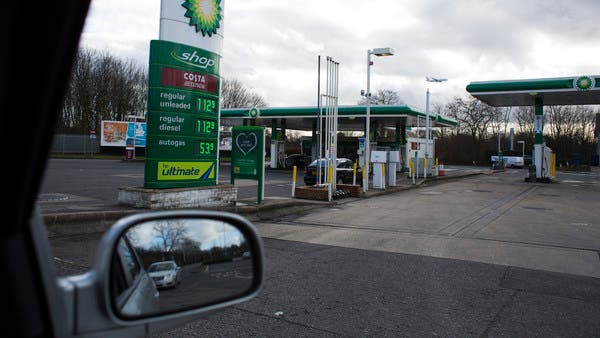The automotive industry is undergoing a major strategic shift in the world, as this transformation is expected to extend to gas stations, which are gradually disappearing in their current form, as the number of cars operating on traditional fuel decreases. The transition to electric vehicles That will no longer need petrol or diesel.
A report published by the Bloomberg agency and seen by Al Arabiya.net monitored this transformation in gas stations, as the report concluded that these stations on outer roads will transform into places for entertainment, lounging, shopping and drinking coffee, as they will become places to recharge cars with electricity, This allows the owner of the vehicle to leave it in charge and spend some time drinking coffee and entertainment.
And these new stations have already started to appear, as “Bloomberg” indicates that one of the stations in South West London that belongs to the global company “Shell” has become the one where drivers can stop there and have coffee, drinks, snacks. and basic groceries like milk and eggs, and there’s one thing that’s not shown in it, which is gasoline.
Since January, the station has been fully electric, replacing the old petrol pumps with 10 quick chargers placed under raised wooden canopies where people can plug in and charge them.
“It gives us a glimpse into the future of mobility,” says Istvan Kapitani, supervisor of Shell’s global retail operations.
With 46,000 stations in 80 countries, Shell is the largest gasoline retailer in the world. The Fulham plant is one of several prototypes the company is planning as more cars switch to battery power.
Shell claims to have 9,000 branded charging points such as those in West London and operates another 95,000 in locations such as garages and office parks. The company aims to hit half a million by 2025, positioning itself ahead of other competitors.
Bloomberg says that although electric cars can be recharged in homes and many drivers may not need to stop at stations, one advantage these stations can offer is a faster filling process, as the vehicle can be recharged in 10-20. minutes, for several hours when using a standard charger at home.
These stations are expected to operate in prime locations with a lot of traffic, where tired and hungry drivers are more likely to grab a coffee or snack while loading their cars, says Rob Smith, an analyst at S&P Global Commodity Insight.
“In some ways, retail fuels have a better chance of riding the wave of the energy transition than fuel refining or oil production,” says Smith.
“But as the demand for fuel decreases, these stations need to become targeted destinations for customers,” he continues.
US research firm McKinsey predicts gasoline demand will drop to $ 79 billion by 2030 from $ 87 billion in 2019, while station retail sales will increase by more than a third over the same period, to $ 30 billion. , and revenues from vehicle shipments will reach electricity at $ 20 billion by 2030.


